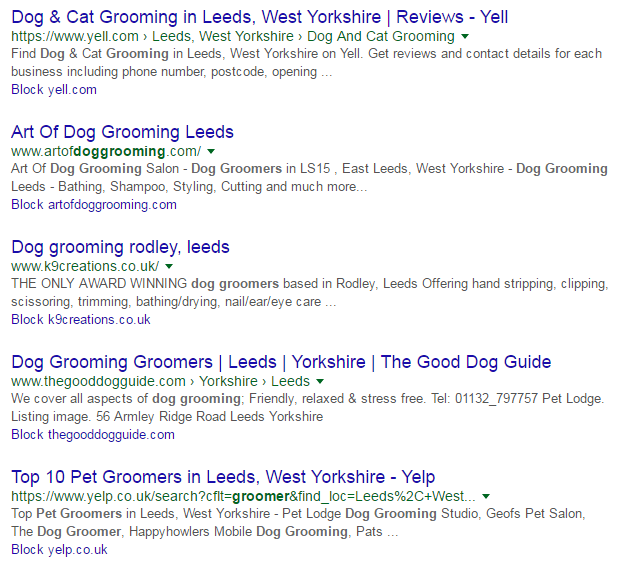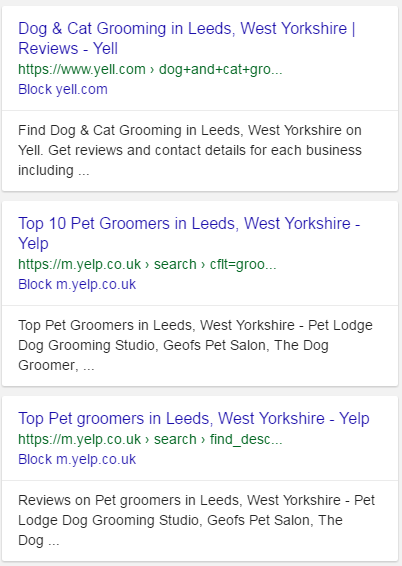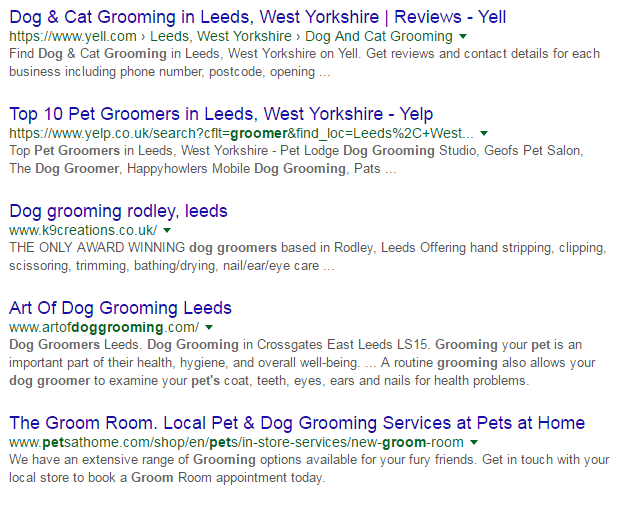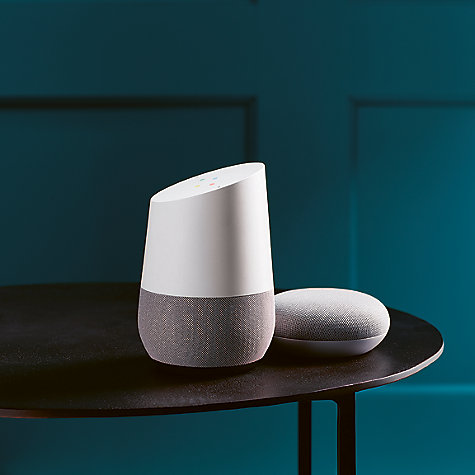

Posted In: Hidden by
Dan Howard,
October 31, 2016

Search is constantly evolving; this much, we know. The last two months have been a rocky road for SEOs, with Google pushing an (unannounced) update to quality assessment alongside a local search algorithm update at the start of September. Then, at the end of the month came the much-vaunted real-time Penguin rollout, changing link-spam assessments so that they are now calculated and adjusted in real-time rather than at (lengthy) intervals.
Now, not content with having moved the goal-posts several times in two months, there are rumours of further changes to core ranking algorithms shaking up SERPs. Clients can sometimes fail to understand just how often these changes roll-out, and how much expertise is required to keep abreast of these shifts and their implications for strategy, especially as their effects upon each client will be different.
No area causes as much confusion as the question of keywords, especially where future-proofing is concerned. The common refrain, “how do I rank 1st for [term]” can only ever receive a complex answer, and to be frank, the truth often only confuses matters further. The fact of the matter is, if you’re tracked as ranking 1st, this absolutely does not mean you’re ranking first for everyone, nor appearing for your key demographics.
The Problem with Keyword Tracking
SEO used to be simple: you grabbed a fist-full of cash and bought a load of anchor-text rich links. If you had more money than your competitors, bought the right links, and targeted the right terms in your anchor text, you ranked first.
Now, it’s different, and the fact of the matter is that keyword tracking no longer accurately represents the true nature of search. Google adjusts search rankings on the fly, depending on a range of factors. Most noticeably, given the Mobilegeddon update in May, the difference between mobile and desktop results are often marked. Imagine I own the ‘Art of Dog Grooming’ – I take my smartphone and computer and search for ‘dog grooming’ on both. This is the result:
Desktop

Mobile

I rank 2nd on desktop, but I’m not even in the top three on mobile. Not only that, but on both I’m below a local pack containing three competitors. I’m doing good on desktop, less well on mobile. But it isn’t so simple: on mobile there are also three paid ads present, which do not show on desktop.
Keyword tracking software is going to say that I rank 2nd on desktop, 4th on mobile. In truth I’m below nine competitors on mobile, and five on desktop. So far, the software has a lot to answer for.
Not only this, but a user’s search history is used to inform future results. Your cookies and Google account both tell the search engine what you’ve done before, how you responded, and what works for you. If I sign out of Google and clear my cookies on desktop, my ranking changes yet again:

Suddenly K9 Creations has beaten me. Simply removing my history information from the search changed my position by a place. So which ranking position am I? Is there such a thing as a ‘real’ ranking position, and can a keyword tracker help me find it?
The Issue with Bots
As Google becomes increasingly intelligent, prioritising user intent, experience, and site usefulness, the fact is that these algorithms all rotate around one person: the user who is making that search, in that location, at that moment. Each search results page that is generated is influenced by this user and their unique context.
So why isn’t the bot going to give us an accurate measure of our search performance? Because bots are not particularly convincing humans, and approach search engines without all the online baggage that makes you who you are.

Image credit: http://www.hansonrobotics.com/robot/sophia/
Imagine the blandest person you ever met. They have no age, no gender, they came from nowhere, and they have no interests or hobbies. This is who approaches Google with a search term when a keyword is being tracked.
In short, this simulates the first time a person goes online in their entire life, which (let’s face it) is a pretty limited market segment, and certainly not who you want to target your entire campaign towards. This data is, at best, an indicator of where Google calculates a site’s ranking BEFORE personalisation. Useful, sure, but an accurate reflection of your site’s search performance? Doubtful.
So what can SEOs and Clients do?
It’s quite simple, really; target your products and message. No company has a product that actually targets every conceivable demographic, so why target everyone? Find your audience, then optimise for them. Google has said it time and again: optimise for users, not for Google.

Image credit: https://metanomalies.com
There’s no point in making sure you rank first for bots with no personality: these users simply do not exist, and they aren’t going to put money in the till. Instead, create content and offer services that appeal to your core demographics. This is the way to achieve sustainable, profitable growth.
This is where SEO, PR, and Media all combine. You wouldn’t blow a £100k media budget on adverts without targeting them towards your audience, so why should you spend your digital & development budget on chasing somebody who doesn’t even exist?
If you have access to experts in demographic analysis, efficient targeting strategies, and reputation management, then use them. It’s this network of skills and information that integrated comms agencies use to inform better marketing strategies across the gamut of audience interactions, and it’s this wider strategic view that drives everything we do at Boutique.
The Future of Digital Marketing
Nowhere is the need to cater to real people clearer for a digital strategy than in Google’s current drive towards intelligent assistants and integrated technology. Google Home and Google Assistant aim to provide real-time solutions through a conversational interface for people it grows to know over time. A tracking bot’s complete lack of personality means it can never accurately reflect the use-case of this type of technology.

Image credit: John Lewis
So how do you ‘rank’ for a voice interface that only returns the single ‘best’ response? By giving Google exactly what it wants: information.
Moving forwards, if voice search continues to grow, keywords may become less important while needs-fulfilment and relevance continue will only rise in significance. You need to make sure that your site makes it clear to search crawlers where you are, what you do, who your service users are, and why you are right for that demographic.
We already know that Google Home pulls data from rich snippets for its answers, so making content clear and appropriate for this format becomes paramount to success in this emerging search market. Content needs to be semantically clear in its use and content, while the site itself needs to be well-maintained to ensure this data can be chunked efficiently into useful and actionable snippets. It’s about making it easy for Google to know what you’re offering, and why it would want to put that towards an appropriate audience.
Content may well have been king for some time, but there’s only one way voice search is going to push things: technical SEO is coming back to the fore.